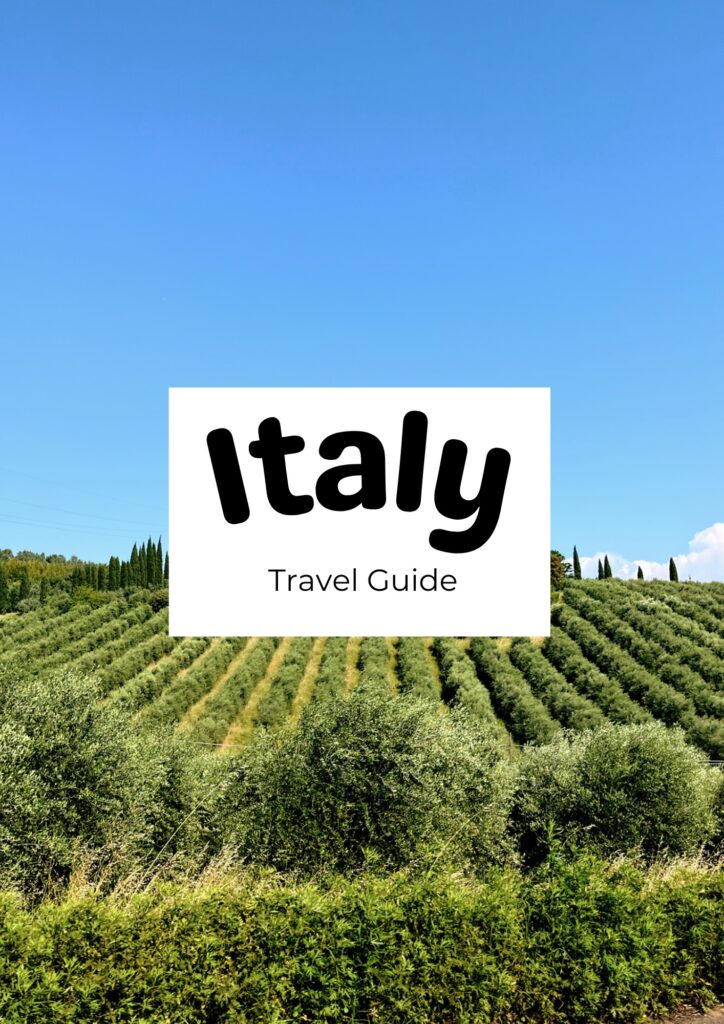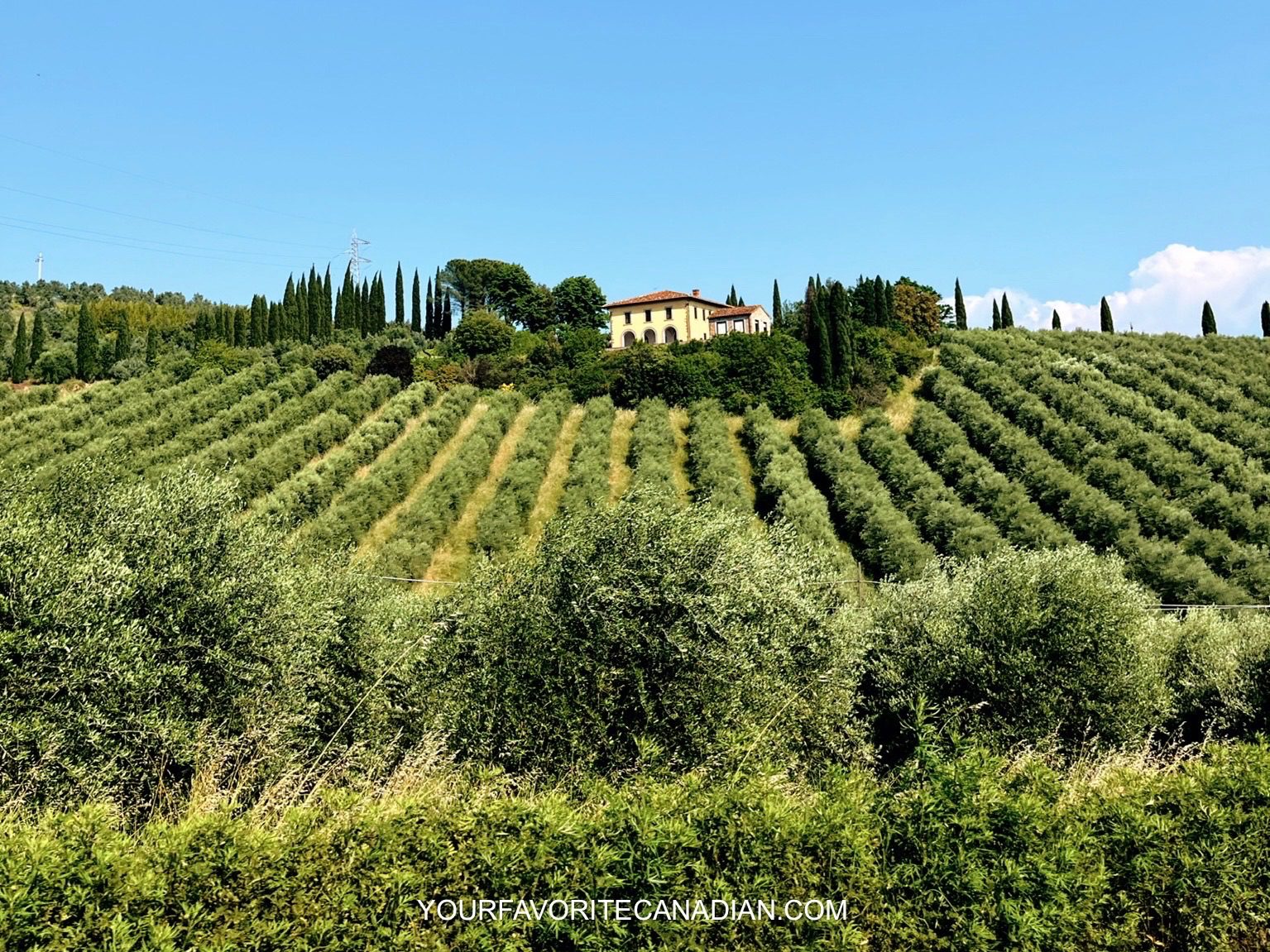Italy is the fourth most visited country in Europe, drawing nearly 50 million visitors annually. From the bustling cities of Rome and Venice to the picturesque countryside of Tuscany and the stunning blue waters of its coastal regions, Italy offers something for every type of traveler. What truly sets it apart, however, is its rich history and breathtaking architecture. Whether you’re looking to explore ancient ruins, eat world-class pasta, or simply relax by the sea, Italy promises an unforgettable experience. Ready to dive in? Keep reading to plan your perfect Italian getaway :
- Best Time to Visit: Climate, Crowds & Prices
- Local Culture & Etiquette: Cultural Norms, Language, Etiquette – Visiting Religious Sites
- Money Currency & Payments
- Accommodation Options: Types of Accommodations, Recommendations, Essential Apps
- Local Cuisine
- Transportation: Renting a Car, Traveling Between Cities with Luggage, Essential Apps
- Safety & Health: Tap Water Conditions, Health Precautions, Emergency Informations, Safety Tips
- Visa Requirements
- Staying Connected: Getting a SIM Card in Italy
- Top Attractions & Activities
1
Best Time to Visit
The best time to visit Italy depends on what you want for your trip :
Climate
Italy experiences a Mediterranean climate, with warm summers and mild winters, though conditions vary depending on the region. The best time to visit generally falls between April and June or September and October, when the weather is pleasant. The summer months of July and August can get extremely hot, especially in southern Italy, and are considered peak tourist season.
I’ve visited Italy both in January and May, and found each experience unique. In January, the weather was cooler and there were fewer tourists, especially in cities like Venice and Florence. While May offered perfect weather for sightseeing with warmer temperatures but not the intense summer heat.
Crowds and Prices
The busiest tourist season in Italy is during July and August, particularly in major cities like Rome, Florence, and Venice. Prices for accommodations and flights are also at their peak during this time. If you want to avoid the crowds and enjoy better deals on accommodations, consider visiting in the shoulder months of April, May, September, or October. Traveling in winter can also be a good option, as prices are lower and there are fewer crowds.
2
Local Culture & Etiquette
Italy’s rich cultural heritage and traditions play a significant role in daily life. Understanding and respecting these customs will enhance your travel experience and interactions with the local community. Below are three key aspects to keep in mind: cultural norms, language, and etiquette.
Cultural Norms
Italy is deeply rooted in Roman Catholicism, and religion influences many aspects of daily life, especially in smaller towns and villages. You’ll notice many churches, cathedrals, and religious landmarks throughout the country. During Sundays and religious holidays, many businesses close or reduce hours. Locals appreciate when visitors show an understanding of their cultural and religious practices.
Language
The official language of Italy is Italian, and while English is spoken in some tourist areas, especially in major cities, learning a few basic Italian phrases will go a long way. Simple greetings like “Buongiorno” (Good morning), “Grazie” (Thank you), or “Per favore” (Please) are always appreciated. Even if your pronunciation isn’t perfect, Italians tend to be warm and welcoming when you make the effort to speak their language.
Etiquette – Visiting Religious Sites
When visiting churches or religious sites, modest dress is important. It’s customary to cover your shoulders and knees, especially when entering a cathedral or attending mass. Many churches provide shawls or scarves if you’re not adequately dressed, but it’s best to bring your own. Avoid loud conversations inside religious buildings, and be respectful of those praying. Italians highly value personal space, and it’s polite to remove hats and sunglasses when entering a church.
3
Money Currency & Payments
When traveling to Italy, understanding the local currency and payment methods is essential for a smooth experience. Here’s everything you need to know about managing money during your stay.
The Euro (€): The Local Currency
Italy uses the Euro (€), like most countries in Europe. Banknotes come in denominations ranging from 5€ to 500€, while coins range from 1 cent to 2€. Coins are frequently used, especially for small transactions like public transportation or using public bathrooms.
Exchange Rates
Exchange rates fluctuate regularly, so it’s important to check the current rate before you travel. As a general reference, 1€ is approximately equivalent to $1.50 CAD or $1.10 USD, but this can vary, so it’s always a good idea to verify before your trip.
Currency Exchange
When exchanging money, it’s best to use official exchange counters or banks. However, it’s more cost-effective to exchange currency at your local bank before leaving home. ATMs in Italy often charge withdrawal fees, so if you must use them, make sure the machine displays your card’s logo and decline the ATM’s currency conversion rate—your home bank will likely offer a better exchange rate.
ATM Withdrawal Limits
ATMs in Italy often have withdrawal limits per transaction, typically between 250€ and 1000€ (approximately $390–1500 CAD). If you need to withdraw more cash, you can often make multiple withdrawals, but be mindful that each transaction incur fees.
ATM Fees
Your home bank may charge a fee for international withdrawals, and the local Italian bank operating the ATM will also charge a fee. To minimize costs, try to withdraw larger amounts of cash at once rather than making frequent smaller withdrawals. It’s a good idea to contact your bank before your trip to understand any potential fees or limitations.
Security Tips for Using ATMs
When using ATMs, choose machines located inside banks, shopping centers, or other secure areas. Always be cautious of any unusual devices attached to the machine and cover the keypad when entering your PIN to prevent skimming or theft.
Card Payments, Minimum Spend & Transaction Fees
Visa and Mastercard are widely accepted across Italy, especially in larger cities and tourist areas. American Express and other cards are less commonly accepted, particularly in smaller shops or rural areas. Many places may have a minimum spend for card payments, so it’s always good to ask before purchasing. Contactless payments, like Apple Pay and Google Pay, are becoming increasingly common, especially in cities.
Before your trip, check with your bank about any foreign transaction fees associated with using your card abroad. These fees can add up quickly, so it’s important to know if your bank charges for international purchases.
Tipping Etiquette in Italy
Tipping in Italy is not mandatory, but it is appreciated for good service. Here’s a breakdown of tipping customs in Italy:
Restaurants and Cafés:
- Service Charge (Coperto): Many restaurants include a service charge called coperto in the bill. This usually ranges from €1-€3 per person and covers the use of the table, bread, or water. It is not a tip.
- Additional Tip: If no service charge is included, or if the service was excellent, a small tip of 5-10% is appreciated but not expected.
- Cafés: Tipping at cafés is less common. You may leave some small change (a few coins) if you receive table service, but it’s not necessary.
Hotels:
- Bellboys and Housekeeping: It is customary to tip bellboys €1-2 per bag. For housekeeping, leaving €1-2 per night is a considerate gesture, especially if you’re staying for several nights.
Other Services:
- Taxis: Rounding up to the nearest euro is standard, but no tip is required.
- Spa Treatments: Tipping 5-10% is standard.
- Guided Tours: A tip of €5-10 per person is generous, especially for private or small group tours.
4
Accommodation Options
Choosing your accommodation can significantly impact your travel experience. To help you make the best decision, here’s a breakdown of the three main types of accommodations, with recommendations from our past trips and essential apps that will make booking these stays easier for you!
Types of Accommodations
- Villas: Renting a villa is by far the most visually stunning option, offering unique and original stays that can be truly memorable. Villas are usually equipped like apartments, complete with a kitchen and fridge, allowing you to prepare your own meals. While villas tend to be pricier, you can save money by cooking rather than dining out every day. This option is especially ideal for families or large groups, as splitting the cost can make it more affordable and enjoyable than staying in separate hotel rooms.
- Hotels: Hotels are a classic choice with a wide range of options to suit different budgets. Staying in a hotel offers you the comfort of daily housekeeping, room service, and access to various amenities that you won’t find in a villa, such as spas, yoga classes, and more. If you value security and convenience, hotels are a great option, especially for those who prefer having staff available around the clock to assist with any needs.
- Hostels: For backpackers and budget travelers, hostels are the most economical choice. While they may lack the luxury and comfort of villas or hotels, hostels offer a unique and social experience, perfect for young travelers. You’ll typically have a bed in a shared dormitory, making it an excellent way to meet new people, especially if you’re traveling solo. Many hostels also organize group activities to help guests connect. If you’re young and willing to trade a bit of comfort for a memorable and social experience, hostels are the way to go.
Recommendations
Here are some of my favorite places where I stayed during my trip to Italy:
- Venice: Anda Venice Hostel is by far the most impressive hostel I’ve ever stayed in. The building is massive, offering a variety of activities and relaxation spaces. It’s modern, clean, and well-organized. With a rating of 9.3 stars on HostelWorld, it’s easy to see why it’s so popular with travelers.
- Rome: I loved the Airbnb I stayed at, as it was perfectly sized for four people. However, it was located quite far from the city center, which meant relying on public transportation to get around. Despite the location, the accommodation itself was great, with a rating of 4.82/5 stars on Airbnb. Click here to see it.
- Vinci: This authentic Italian home was one of the highlights of my trip. The view from the backyard overlooking the Tuscan landscape was incredible. However, it’s important to note that a car is necessary to reach the property. It has an impressive 4.88/5 stars on Airbnb. Click here to see it.
Essential Apps
- Booking.com: This app offers a wide range of accommodations, including hotels, hostels, and villas, all in one place.
- Airbnb: Perfect for finding unique and original villas or apartments that offer a home-like experience.
- Hostelworld: Specializing in hostels, this app features an excellent rating system to help you choose the best option. It also includes group chats where you can connect with others who will be staying at the same hostel.
Extra Recommendation: Once you’ve found a place you like, especially with hotels and hostels, be sure to visit their official website. Often, you can find exclusive discounts when booking directly through them.
5
Local Cuisine
Italy is world-renowned as a food lover’s paradise, and its dishes are enjoyed across the globe. Whether you’re on a budget or looking for classy restaurants, Italy offers something for every palate.
Meal times in Italy differ slightly from other countries in Europe. Lunch is typically served between 1 p.m. and 2:30 p.m., while dinner is from 8:30 p.m. to 10:30 p.m.
Traditionally, Italian dinners consist of four courses: antipasto (starter), primo (first course), secondo (main course), and dolce (dessert). Here are five signature dishes that you absolutely must try during your visit:
- Tiramisu – An Italian dessert made with layers of coffee-soaked ladyfingers, mascarpone cheese, and cocoa powder.
- Carbonara – A rich pasta dish made with egg, cheese, and guanciale (cured pork cheek).
- Pizza – The Marinara is a classic, made simply with tomato sauce, garlic, oregano, and olive oil. It’s one of the oldest styles of pizza!
- Risotto – A creamy dish made from arborio rice. It’s cooked slowly in broth and can be flavored with a variety of ingredients like mushrooms or seafood.
- Gelato – Italy’s famous, dense ice cream, known for its intense flavors and creamy texture!
Stay connected! Follow us on social media for exclusive content & updates on our travels.



On our website, you’ll find all the essential information and tips, while on our social media, you’ll get even more – including personal experiences, funny moments, stunning videos, and much more!
6
Transportation
Getting around Italy can be a bit challenging due to its size, but understanding the best transportation options will help you make the most of your trip. Here’s a breakdown of the most convenient and cost-effective ways to travel around the country.
Renting a Car: The Best Way to Explore Outside the City
Renting a car is the most efficient way to explore areas outside of major cities, especially if you’re planning full-day adventures. It gives you the freedom to travel on your own schedule, without relying on public transportation timetables. You’ll save time and be able to visit more places in a single day.
- Cost and Availability: Car rentals can range from €50 to €200 ($75-200 CAD) per day, with prices depending on the car type, season, and rental location. It’s advisable to book in advance to get the best rates, especially if you’re renting from major airports where rental shops are plentiful. Negotiating might help reduce costs, particularly for longer rentals.
- International Driver’s License: An international driver’s license is mandatory for renting a car in Italy. Be sure to obtain one in your home country before you leave, as you won’t be able to rent a car without it.
Note: If you’re staying primarily in cities like Rome, Milan, or Florence, renting a car isn’t recommended. Public transportation in these areas is reliable and efficient, and navigating city streets can be tricky due to traffic and limited parking.
Traveling Between Cities with Luggage
If you’re moving between cities in Italy and need to bring luggage, here are two great options:
- Train Services: Italy’s train system is fast, efficient, and affordable. It’s a convenient way to travel between cities, with tickets easily available through apps or at stations. Prices vary depending on the distance, but train travel remains one of the most cost-effective methods for getting around. High-speed trains, such as those operated by Trenitalia and Italo, are particularly useful for longer distances.
- Bus Services: For solo travelers or those with light luggage, long-distance buses can be a cheaper alternative. Various bus companies operate routes between popular tourist destinations. Although buses take longer than trains due to multiple stops, they are budget-friendly and can be booked online or through local travel agencies.
Essential Travel Apps
- Omio: This app is a must-have for comparing transportation options within Italy. It shows prices and schedules for buses, trains, and flights, helping you find the best deals.
- Uber and FreeNow: If you need to call a taxi in a city, Uber and FreeNow are easy to use. FreeNow is often more affordable than Uber, so it’s worth checking both options.
- Google Maps and Maps.me: These are great for navigating both rural and urban areas when walking or driving.
Safety & Health
Staying healthy during your time in Italy is crucial for making the most of your trip. Below are three things to consider: health precautions including the tap water conditions, emergency information and safety tips.
- Food and Water Safety: Tap water is safe to drink in Italy, but if you’re in more rural areas, it’s a good idea to check locally. Always ensure that food is thoroughly cooked and prepared under hygienic conditions to avoid food illnesses. Stick to reputable restaurants and markets.
- Sun Protection: Italy’s summer climate brings strong sun exposure, especially in coastal regions and during outdoor activities. Always wear sunscreen with a high SPF, and consider wearing a hat and sunglasses to protect yourself from sunburn and heatstroke. Stay hydrated by drinking plenty of water throughout the day, and avoid prolonged sun exposure during peak hours (11 AM to 3 PM).
- Vaccinations: Before traveling to Italy, ensure that your routine vaccinations, such as those for measles, mumps, rubella (MMR), and tetanus-diphtheria, are up to date. It’s also advisable to consult with your doctor about additional vaccines, such as those for hepatitis A and B. Make sure to inform yourself in advance, as these vaccines can be pricey if not covered by insurance.
- Mosquito Protection: While Italy isn’t known for malaria, mosquitoes can still be a nuisance, especially during warmer months. Use insect repellent, especially if you’re near lakes or forests, to avoid bites.
Emergency Information
Being prepared for emergencies is an essential part of travel safety. Here’s what you need to know about emergency services in Italy:
- Police: 112 (Carabinieri) or 113 (State Police)
- Ambulance: 118
- Fire Department: 115
- Coast Guard (Search and Rescue): 1530
- Tourist Assistance: 039.039.039 (available in multiple languages)
Hospitals and Clinics: Italy has a well-established healthcare system with hospitals and clinics across the country. In major cities like Rome, Milan, and Florence, you will find international-standard hospitals with 24-hour emergency services. These hospitals are equipped to handle a wide range of medical issues.
Pharmacies: Pharmacies (called “Farmacie”) are easy to find in both cities and smaller towns in Italy. They offer over-the-counter medications and basic medical supplies. If you need prescription medication, bring enough for your trip, as some medications may not be available. Pharmacies usually display a green cross sign and have specific hours, though some are open 24/7.
Language and Communication: Most medical professionals in Italy, particularly in tourist areas, speak English. However, it’s advisable to carry your medical details translated into Italian if you have specific health conditions or are taking prescription medications.
Safety Tips
Every traveler needs to be cautious, especially if you are solo traveling. We wrote an entire article giving you our best safety tips. Make sure to come back at the end of your reading to find out 12 Essential Safety Tips for Solo Travelers.
8
Visa Requirements
When planning your trip to Italy, understanding the visa requirements is crucial to ensuring a smooth entry into the country. Here’s what Canadian citizens need to know:
Note: Visa requirements may vary depending on your nationality. If you’re not a Canadian citizen, make sure to check your government’s website for specific details.
Visa Requirements for Tourists and Business
Since Italy is part of the Schengen area, Canadian citizens do NOT need a visa for stays up to 90 days within any 180-day period. This period is cumulative and includes travel to any other Schengen area countries.
- Tourist visa: Not required for stays of up to 90 days within a 180-day period.
- Business visa: Not required for stays of up to 90 days within a 180-day period.
Visa Required for Longer Stays or Specific Purposes
If you plan to work, study, or stay in Italy for more than 90 days, you will need to apply for a visa. Here’s how it breaks down:
- Work Visa: Required if you intend to work in Italy.
- Student Visa: Required if you’re studying for more than 90 days in Italy.
- Long-Stay Visa (for stays longer than 90 days): Required if you’re staying for purposes like employment, education, or family reunification.
Visa Duration
For stays exceeding 90 days, you will need to apply for a National Visa (D-Visa), which allows long-term stays. The validity and duration of the visa depend on the purpose of your stay (work, study).
How to Obtain a Visa
To obtain the appropriate visa(s) before traveling to Italy, you must contact the Italian Embassy or Consulate in your country. Make sure to start the application process well in advance of your travel dates.
Visa Costs
- National Visa (for stays longer than 90 days, study or work): Fees for a long-stay visa (D-Visa) typically range from €116 to €150 ( $165–$215 CAD), depending on the purpose of the visa.
Visa Extensions
You would need to apply for an extension through Italian immigration. The extension must be applied before your initial period expires. It’s recommended to start the extension process at least a month before your visa’s expiration date. Italian immigration authorities may require proof of why the extension is needed.
9
Staying Connected
One of the most affordable and convenient ways to stay connected in Italy is by purchasing a local SIM card or an eSIM, rather than relying on an international phone package from your home country. Italian SIM cards are widely available and provide excellent coverage throughout the country.
Where to Buy a SIM Card
While it’s possible to buy a SIM card directly at the airport upon arrival, it’s important to note that prices there tend to be significantly higher. A better option is to purchase one outside the airport. Convenience stores and official mobile carrier shops, such as TIM, Vodafone, WindTre, and Iliad, are popular among tourists and locals alike.
Prices can vary depending on the location and data package you choose, but you can generally expect to pay between €10–30 for 30 days of service.
What Are eSIMs?
If you prefer to have everything ready before you arrive, you can opt for an eSIM—a digital SIM card that doesn’t require a physical one. Companies like Holafly or Airalo offer these digital options. Simply download the plan to your phone, allowing you to skip the hassle of purchasing a physical card. While eSIMs are often slightly more expensive, they offer a high level of convenience.
Choosing the Right SIM Card
The cost of a SIM card will depend on the amount of data you need and where you purchase it. Most vendors offer various data packages, so consider your usage carefully. If you plan to use your phone primarily for navigation and occasional social media, a smaller package should be enough. However, if you plan to work remotely, stream content, or use data-intensive apps, you’ll need a larger data package.
Installation and Tips
When you purchase a SIM card, the vendor will typically install it for you and ensure that it’s functioning properly. Be sure to keep your original SIM card in a safe place, so you can easily switch back once you leave Italy.
If you’re uncertain about which provider to choose, ask the vendor for advice on which network offers the best coverage in the areas you plan to visit.
10
Top Attractions & Activities
Whether you’re seeking adventure, relaxation, or a deep dive into history, Italy offers a diverse range of attractions and activities that highlight the country’s natural beauty and its significant role in world history. Here are three must-see attractions:
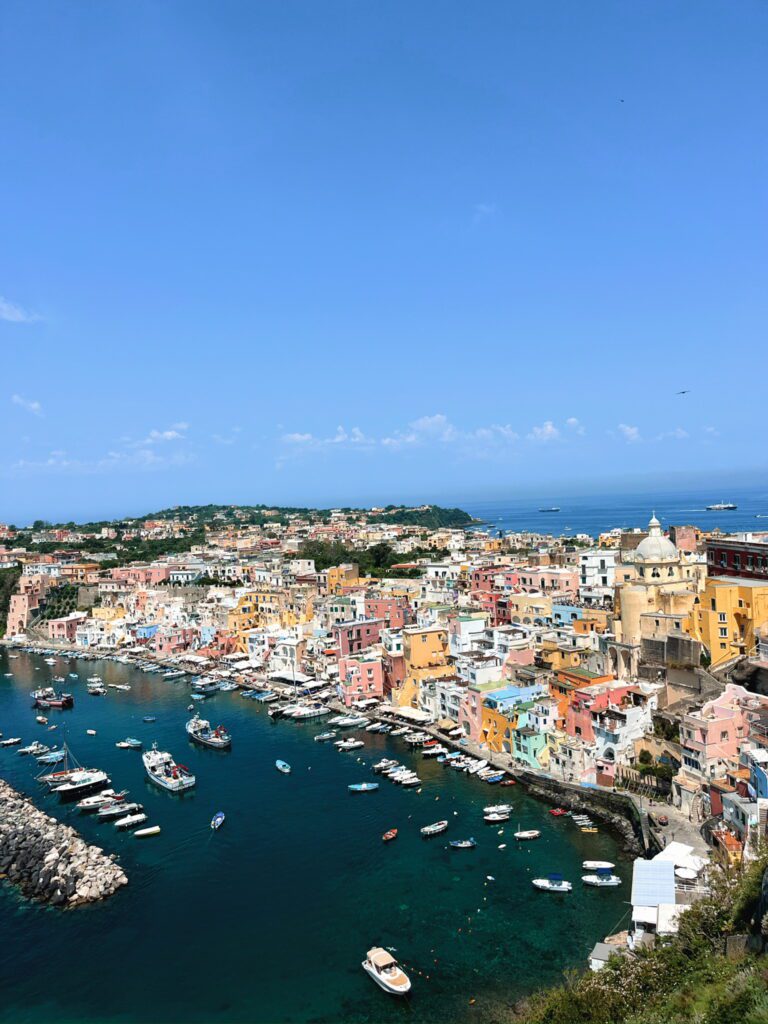
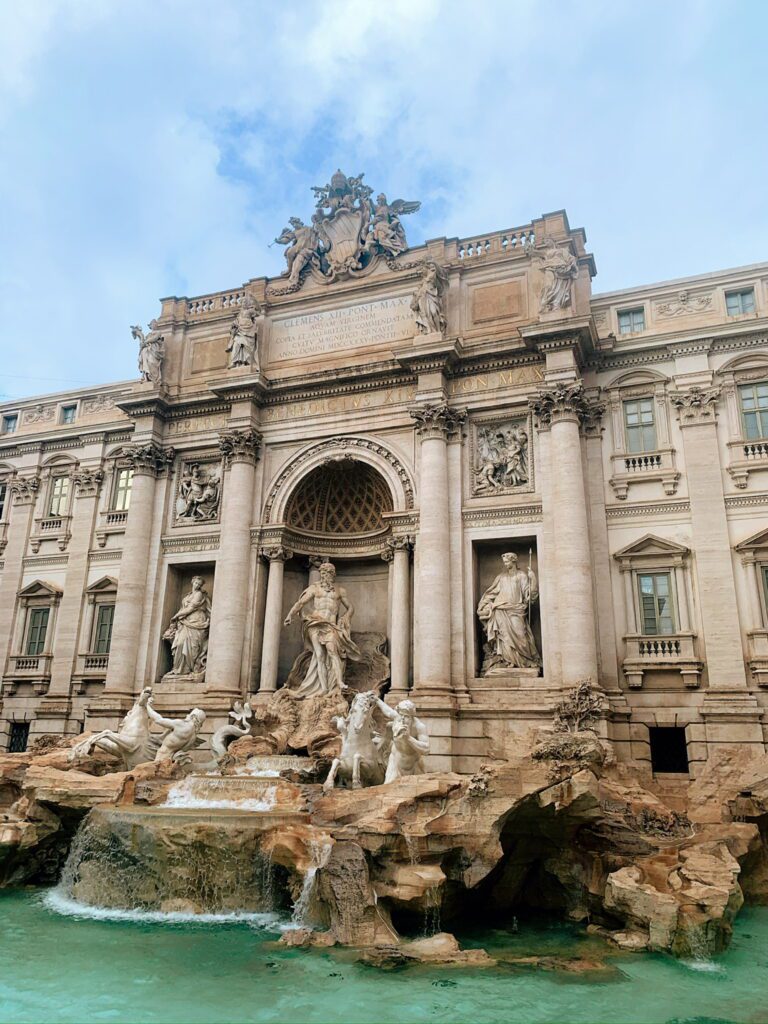
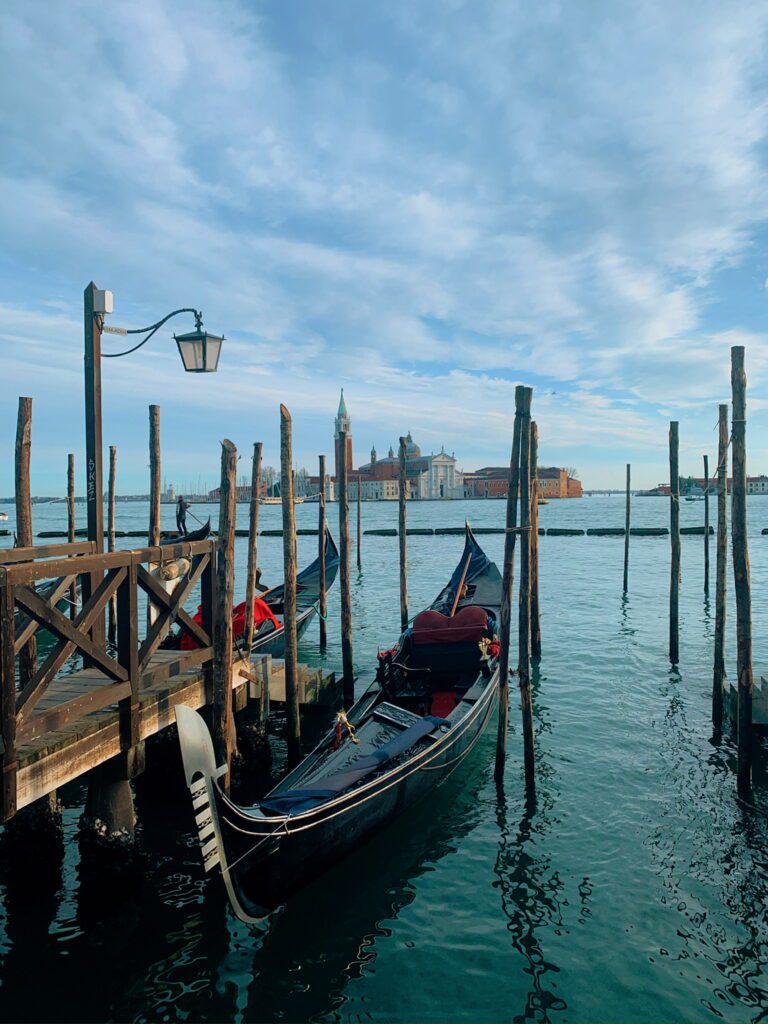
Now that you know everything about Italy, it’s time to plan your trip! Here are some articles that could be helpful :
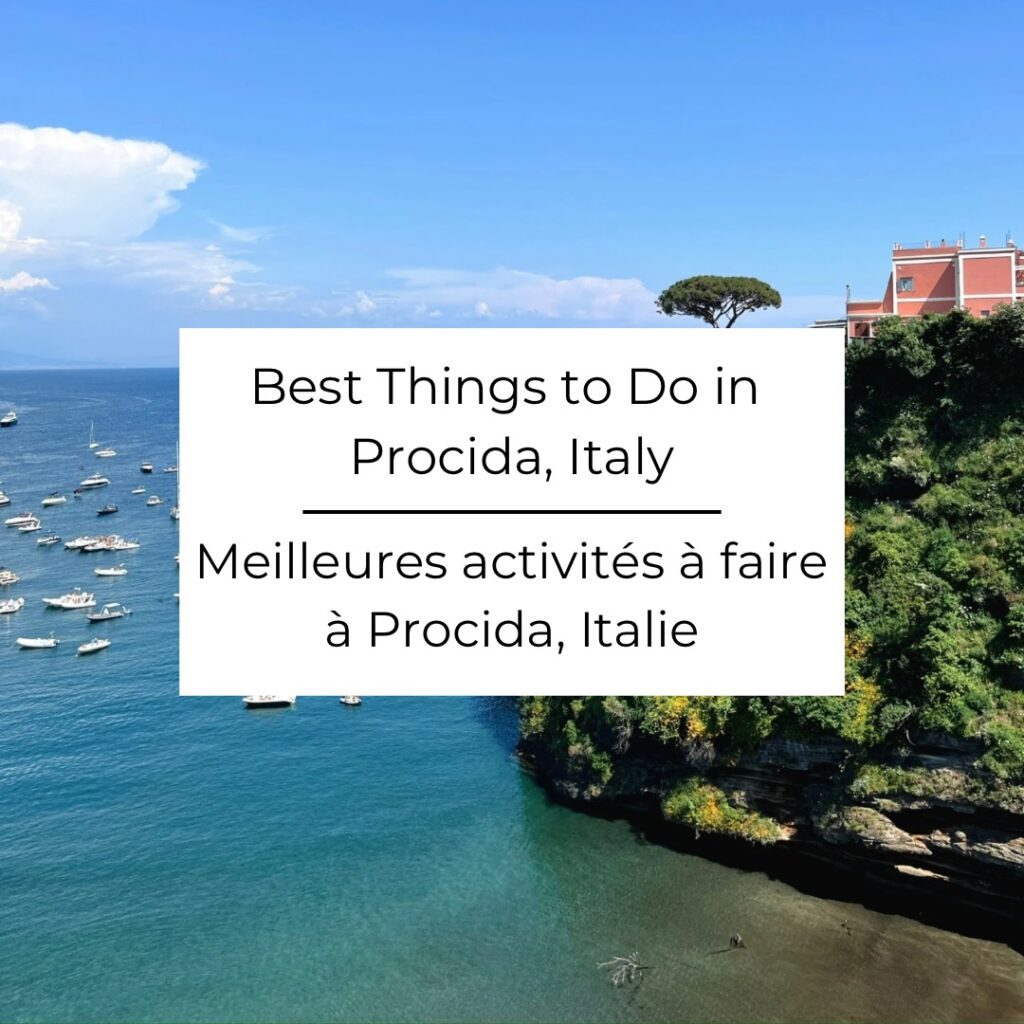
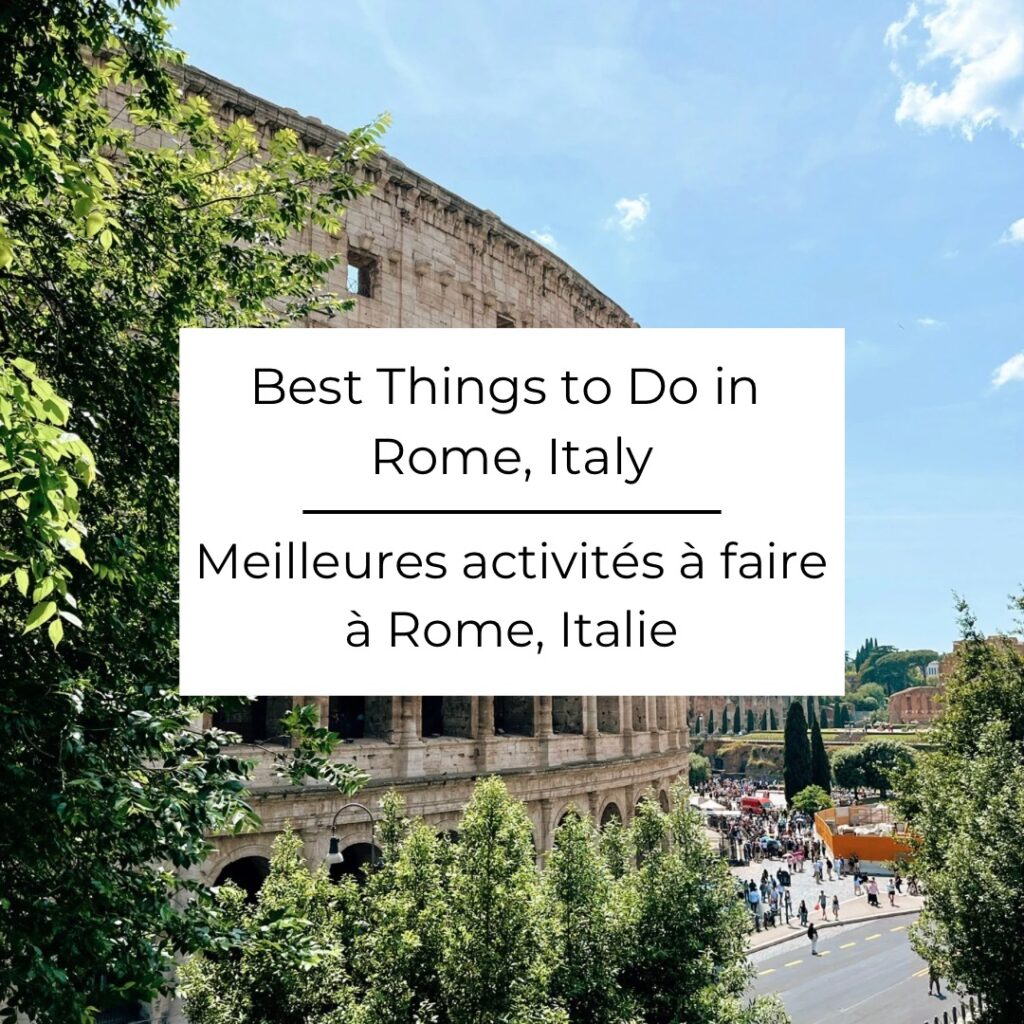
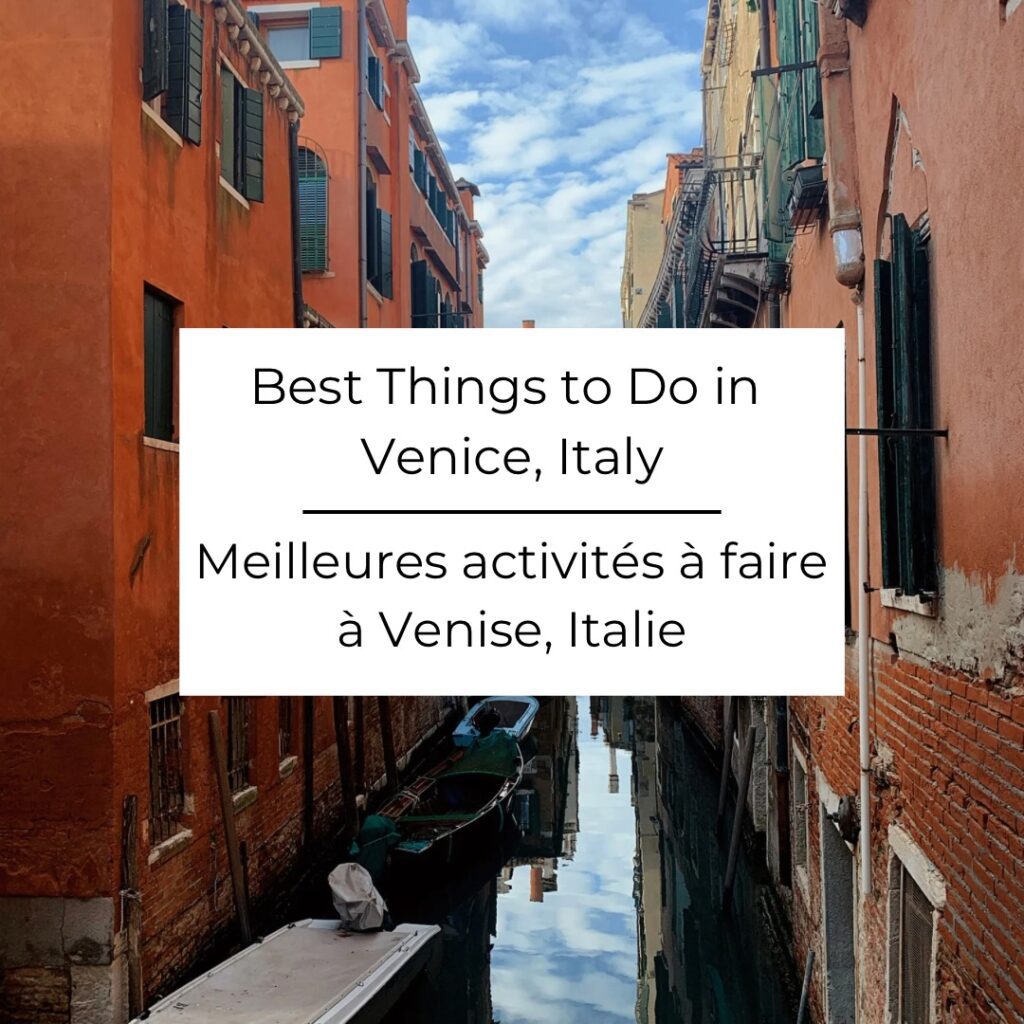
Don’t want to miss out on our latest articles? Be sure to subscribe to our website, and you’ll receive a notification every time we publish something new!
Like this post? Pin it for later!
